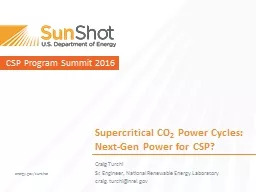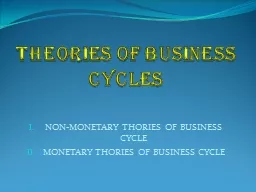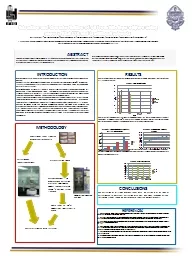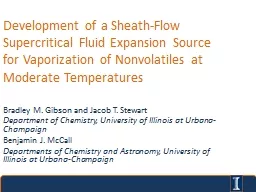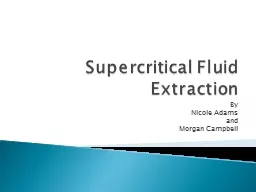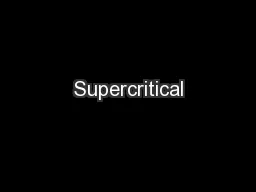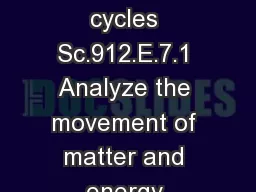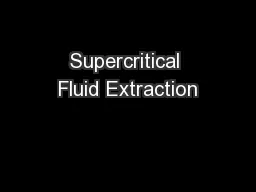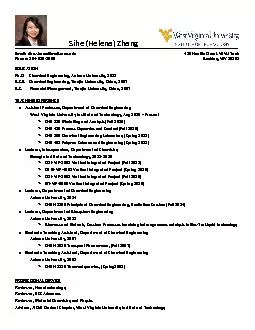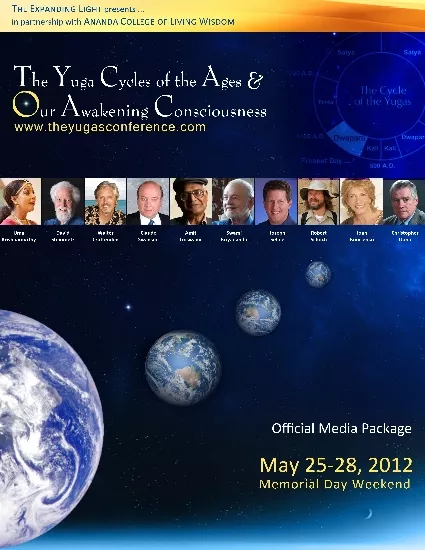PPT-Supercritical CO 2 Power Cycles:
Author : giovanna-bartolotta | Published Date : 2019-12-14
Supercritical CO 2 Power Cycles NextGen Power for CSP Craig Turchi Sr Engineer National Renewable Energy Laboratory c raigturchinrelgov 2 History of closed Brayton
Presentation Embed Code
Download Presentation
Download Presentation The PPT/PDF document "Supercritical CO 2 Power Cycles:" is the property of its rightful owner. Permission is granted to download and print the materials on this website for personal, non-commercial use only, and to display it on your personal computer provided you do not modify the materials and that you retain all copyright notices contained in the materials. By downloading content from our website, you accept the terms of this agreement.
Supercritical CO 2 Power Cycles:: Transcript
Download Rules Of Document
"Supercritical CO 2 Power Cycles:"The content belongs to its owner. You may download and print it for personal use, without modification, and keep all copyright notices. By downloading, you agree to these terms.
Related Documents

